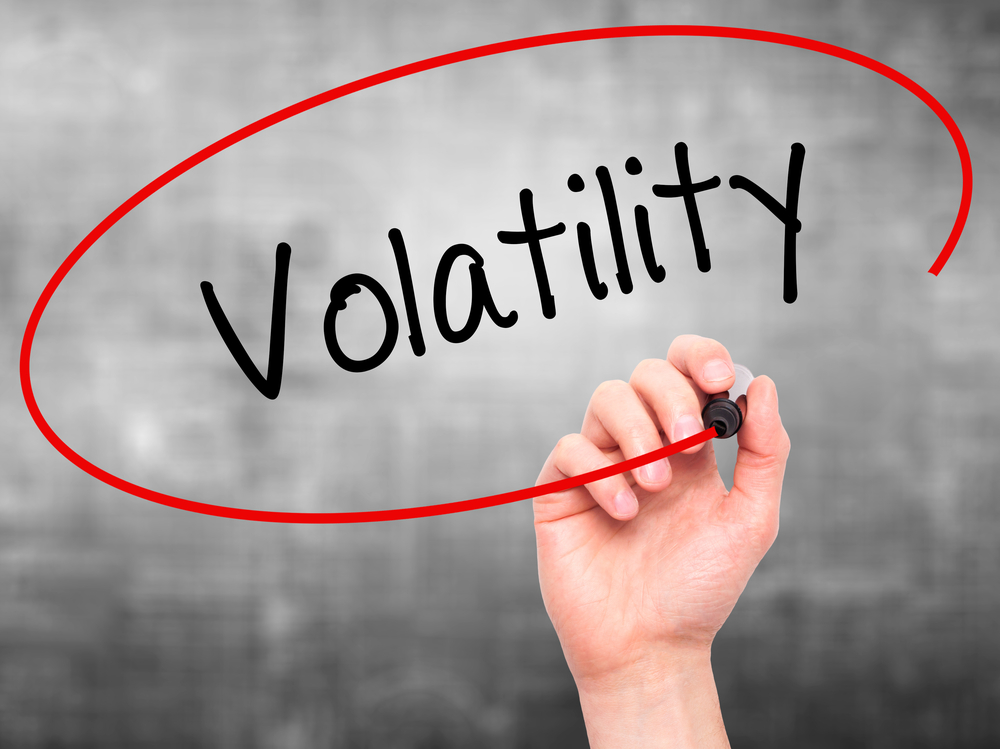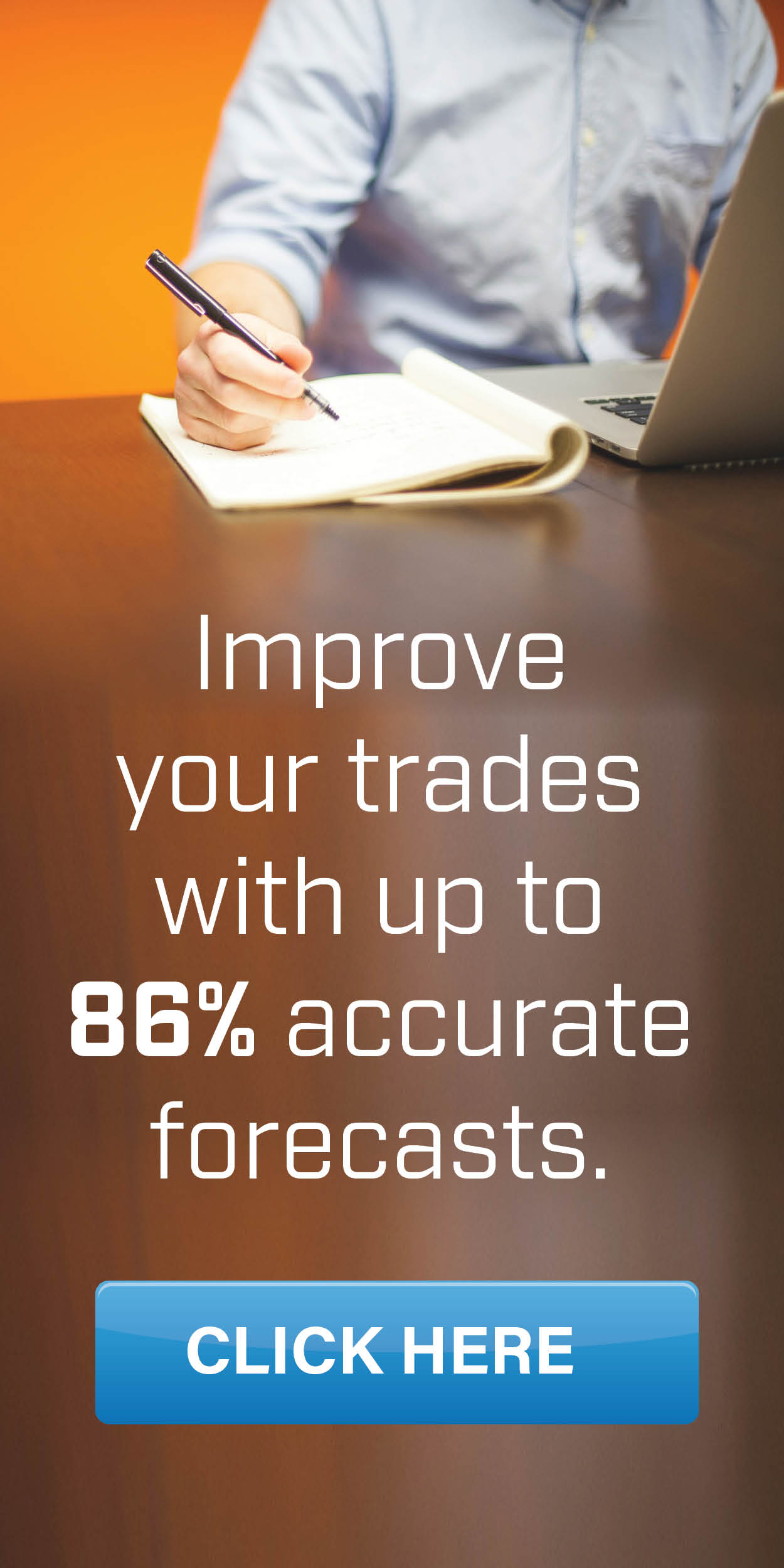Three Things To Know About The VIX

The Chicago Board of Options Exchange’s (CBOE) volatility index, known as the VIX, is a popular gauge of stock market fear, but it has also become a venue for mass speculation. The VIX is the only futures contract listed on what is otherwise known as a stock option exchange. However, given that the CBOE is the creator of the popular volatility index, it is only fitting to see the product listed on their exchange. Yet, because the VIX doesn’t trade on the Chicago Mercantile Exchange (CME) as most U.S. based futures contracts do, there are some differences in logistics, market hours, and order types that should be known by those venturing into what is already a treacherous trading arena. Here are three things that traders venturing into the VIX should know, but often overlook.
- The VIX erodes like a long option – The CBOE’s VIX might be a futures contract but it often trades like an option. Those who have ever purchased a call or put in speculation, and subsequently witnessed the value of that option quickly erode over time knows what I am talking about. Because the VIX is valued based on the implied volatility (expected volatility) built into put options on the S&P, its value erodes in a sideways market just at a long put position would. Accordingly, the timing of a long VIX trade must be more precise than would be necessary for a futures contract with a physical commodity as the underlying asset.
- The VIX moves up quickly, and down slowly – VIX futures are incredibly explosive to the upside, but generally dribble lower when in a down-trend. This is because the VIX itself is based on human motion, more specifically fear, making it prone to mimicking human nature. Most of us are programmed to reach a state of panic nearly immediately, but our fear dissipates slowly as our environment normalizes.
- The CBOE doesn’t accept “market” orders at certain times of the day – Many traders are accustomed to exiting their trades using market orders. Obviously, market orders are the quickest way to execute a trade; the order is guaranteed a fill, but the trader is not guaranteed a price he is happy with. Nevertheless, those looking to quickly take a profit, or exit a trade gone bad, are more concerned with quick execution than receiving a precise price. Unfortunately for those, the CBOE doesn’t accept market orders during the overnight session. Although this is for their own good, namely to prevent mass slippage on the fill at the hands of wide bid/ask spreads, it can be extremely frustrating to confused traders. After all, the purpose of a market order is instant execution. If a market order is rejected, the trader often fails to recognize the reason for the rejection, causing them to, bluntly, freeze. As quickly as the VIX moves, a few minutes of bewilderment can mean hundreds of dollars in market movement.
This isn’t meant to be an exhaustive list of tricky VIX characteristics, and it certainly isn’t everything you will need to know about trading the VIX, but these tips might save you from some unnecessary heartache and financial suffering. If you are interested in a more in-depth conversation on this topic, I devoted an entire chapter to the VIX in my newest book, Higher Probability Commodity Trading, which will be released in mid-July! You can browse its contents here, www.HigherProbabilityCommodityTradingBook.com
Carley Garner is the Senior Strategist for DeCarley Trading, a division of Zaner, where she also works as a broker. She authors widely distributed e-newsletters; for your free subscription visit www.DeCarleyTrading.com. She has written four books, “Higher Probability Commodity Trading” (coming July 2016), “A Trader’s First Book on Commodities,” “Currency Trading in the FOREX and Futures Markets,” and “Commodity Options.”


